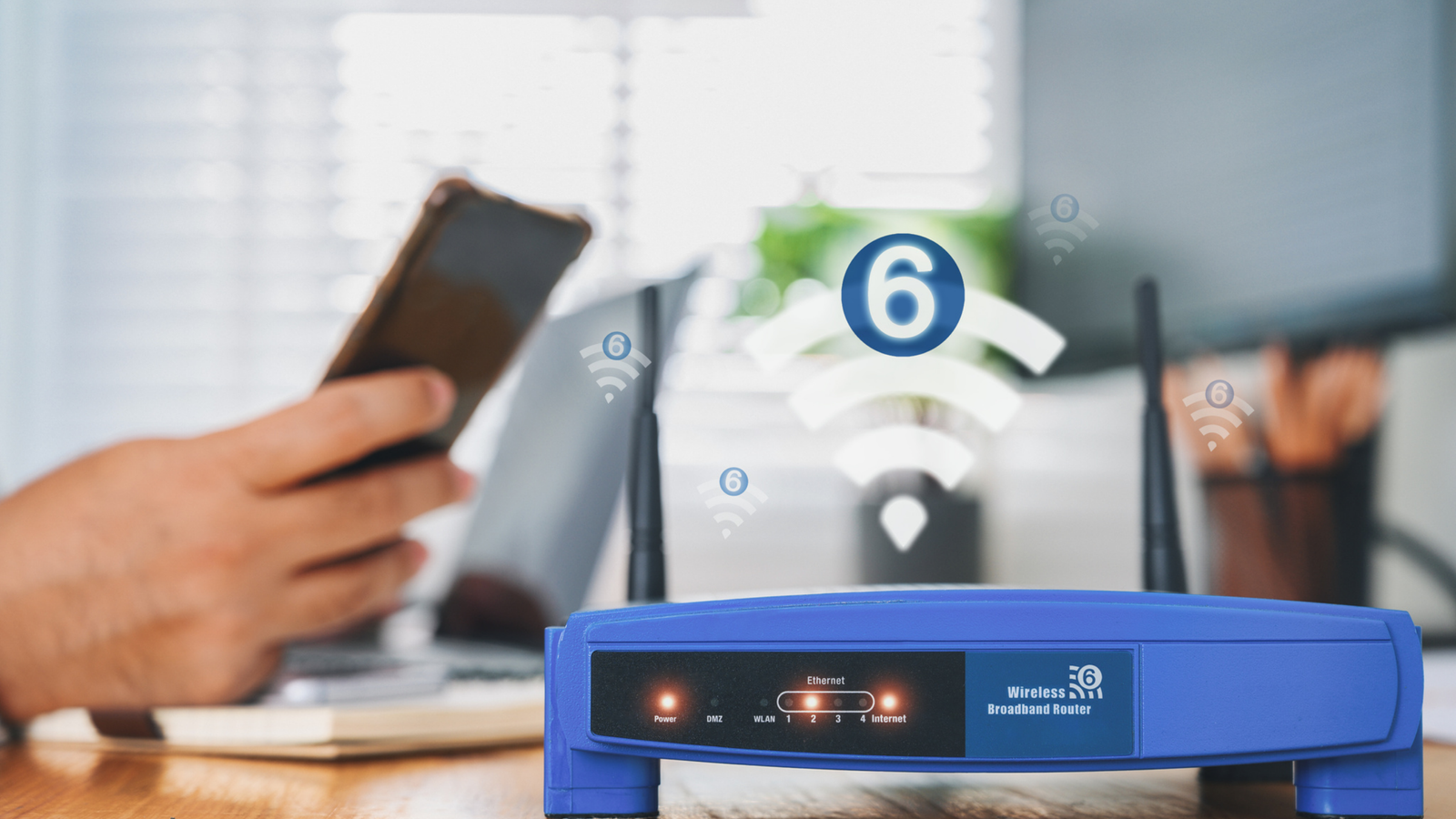In today’s hyper-connected world, broadband reliability is non-negotiable. Whether for remote work, streaming, or online gaming, a weak or noisy signal can be frustrating. This is where Customer Premises Equipment (CPE) plays a crucial role—not just in delivering broadband signals but in amplifying strength and reducing noise for optimal performance.
But how exactly does CPE enhance broadband signals? What technologies are involved in noise reduction? And why should businesses and home users pay attention to their CPE setup?
In this article, we’ll explore the critical role of CPE in broadband signal amplification and noise reduction, breaking down complex concepts into actionable insights.
Understanding CPE in Broadband Networks
Customer Premises Equipment (CPE) refers to devices located at the user’s location that facilitate communication with the service provider’s network. This includes:
- Modems
- Routers
- Gateways
- Signal Boosters
- Optical Network Terminals (ONTs)
These devices act as the final link between the broadband provider and the end-user, making their efficiency vital for seamless connectivity.
The Challenge: Signal Degradation and Noise in Broadband
Before diving into solutions, it’s essential to understand the problems:
1. Signal Attenuation (Loss of Strength Over Distance)
As broadband signals travel through cables (coaxial, fiber, or DSL), they weaken due to resistance, interference, and distance. This leads to slower speeds and unstable connections.
2. Noise Interference (Unwanted Signal Distortion)
Noise can stem from:
- Electromagnetic Interference (EMI) from appliances
- Cross-talk between adjacent cables
- Radio Frequency Interference (RFI) from wireless devices
Noise corrupts data packets, causing latency, jitter, and dropped connections.
How CPE Enhances Signal Amplification
To combat signal loss, modern CPE devices incorporate several amplification techniques:
1. Built-in Signal Boosters
Many high-end modems and routers feature internal amplifiers that strengthen incoming signals before distribution.
2. Adaptive Gain Control (AGC)
AGC dynamically adjusts signal strength based on real-time conditions, ensuring consistent performance despite fluctuations.
3. Line Drivers (For DSL & Coaxial Networks)
These specialized amplifiers compensate for long cable runs, particularly useful in multi-dwelling units (MDUs) and large homes.
4. Fiber-Optic CPE (ONTs with High-Sensitivity Receivers)
Fiber-optic CPEs use advanced photodetectors to maximize light signal conversion into electrical data with minimal loss.
Noise Reduction Techniques in CPE
Amplifying signals isn’t enough—CPE must also filter out noise. Here’s how:
1. Advanced Error Correction (FEC & LDPC Codes)
- Forward Error Correction (FEC) detects and fixes errors without retransmission.
- Low-Density Parity-Check (LDPC) codes improve data integrity in high-speed broadband.
2. Shielding & Grounding
Premium CPE devices use shielded cables and grounded circuits to minimize EMI/RFI interference.
3. Dynamic Spectrum Management (DSM)
DSM continuously monitors and reallocates frequency bands to avoid noisy channels, commonly used in VDSL and G.fast technologies.
4. Beamforming & MIMO (For Wireless CPE)
- Multiple Input Multiple Output (MIMO) antennas reduce interference by using spatial diversity.
- Beamforming directs Wi-Fi signals toward devices instead of broadcasting uniformly.
Choosing the Right CPE for Signal & Noise Optimization
Not all CPE devices are equal. When selecting equipment, consider:
✅ Compatibility with ISP Standards (DOCSIS 3.1 for cable, GPON for fiber, etc.)
✅ Noise Figure (NF) Rating (Lower NF = Better signal-to-noise ratio)
✅ Presence of AGC & Adaptive Noise Filters
✅ Support for Latest Wi-Fi Standards (Wi-Fi 6/6E for reduced interference)
Pro Tip: Consult your ISP or a network specialist before upgrading CPE to ensure compatibility.
Future Trends: AI-Driven CPE for Smarter Signal Management
Emerging technologies are pushing CPE capabilities further:
🔹 AI-Powered Noise Cancellation – Machine learning predicts and mitigates interference patterns.
🔹 Self-Optimizing Networks (SON) – CPE devices auto-adjust settings for peak efficiency.
🔹 Wi-Fi 7 CPE – Expected to feature ultra-wideband noise mitigation for 6GHz networks.
Final Thoughts: Why CPE Optimization Matters
A well-configured CPE setup can mean the difference between buffering and seamless 4K streaming, between dropped calls and crystal-clear VoIP. By leveraging signal amplification and noise reduction technologies, users can maximize their broadband potential without costly infrastructure upgrades.
Key Takeaways:
✔ CPE is the frontline defense against signal loss and noise.
✔ Amplification (AGC, line drivers) and noise reduction (FEC, DSM) work hand-in-hand.
✔ Future CPE will rely on AI and smarter self-adjusting algorithms.
